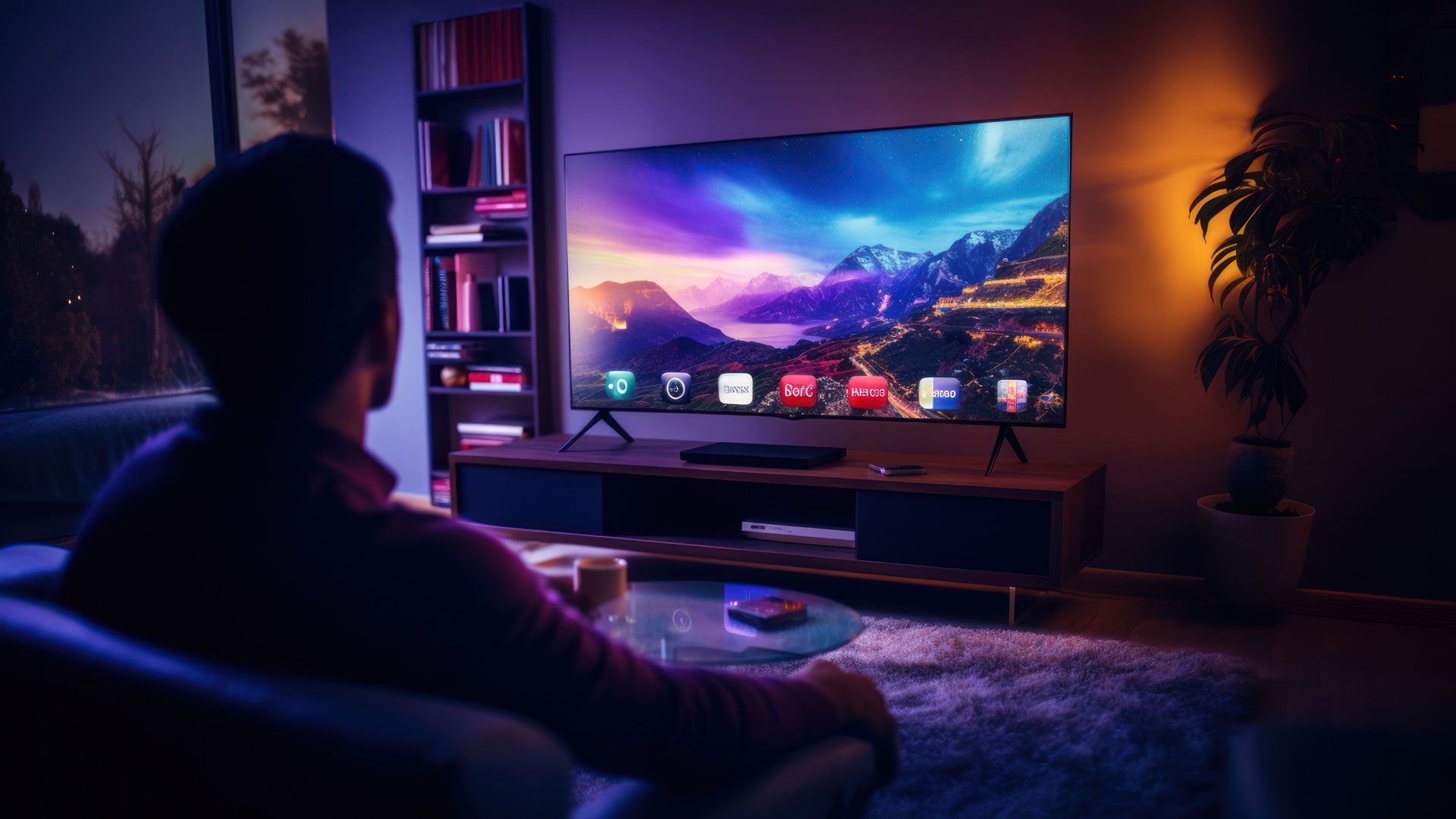
Television – a powerful communication tool with evolving technologies
By Thiago Aguiar Soares, Chair, and Roger Bunch, Vice-Chair, Study Group 6, ITU Radiocommunication Sector
Television remains the world’s largest source of audiovisual content, with household adoption still growing globally. Recognizing its significance, the United Nations General Assembly proclaimed 21 November as World Television Day to highlight television’s role in global communication and cultural exchange.
With the evolution of large screen sizes, ongoing improvements in video and audio quality, and the rise of handheld devices, TV remains a powerful communication tool, blending traditional stationary and portable viewing to raise awareness on critical issues.
Modern TVs are now interactive, offering multimedia options. The streaming of high-definition video films and music via smart TVs connected to the Internet, make TV a versatile medium for both broadcast and on-demand content.
The streaming effect
The emergence of streaming has driven a major shift in audiovisual consumption over the past decade. These new delivery systems reflect broader shifts in technology, viewing habits, and economic models.
While streaming has brought undeniable advantages and flexibility, the structure and simplicity of linear TV still resonate with a portion of the audience, as an indication that portability and large screen viewing both have roles to play.
21st century TV: Linear and on-demand platforms
In the 21st century, television is not just a one-way channel for broadcast and cable content delivery anymore. Whether content is broadcast via traditional over-the-air channels or delivered over a cable or fiber optic link – e.g. fiber to the home (FTTH) – from an Internet-based streaming service, it’s clear that audiovisual content is being consumed both in linear and on-demand platforms.
ITU’s technical TV standards
Since it released its first technical standards for television in 1949, the International Telecommunications Union (ITU) has consistently developed globally harmonized standards that have progressively enhanced television viewing experience, addressing both visual and audio quality.
From early colour TV standards to developing parameters for 4:3 and widescreen 16:9 aspect ratio television, ITU has championed the switch to digital TV broadcasting, high definition and ultra-high-definition television (UHDTV). These transitions enabled more services, and improved picture and sound quality
These efforts include seminal achievements like the last Emmy Award-winning ITU-R BT.2100 Recommendation for high-dynamic range (HDR)-TV, setting global benchmarks for high-quality viewing experiences.
ITU has been crucial in developing services that improve the accessibility of audio-visual content, which has led to a massive increase in the availability of subtitles, audio description, and multiple languages.
Embracing innovation
ITU is a key figure in the history of TV and is poised to play an equally important role in shaping its future.
New and emerging technologies, from artificial intelligence (AI) driven workflows, 5G private networks, to cloud and software-defined applications, have over the last few years revolutionized programme making.
The integration of virtual and augmented reality technologies has revolutionized viewing experience − transporting audiences into immersive worlds that blur the boundaries between reality and fiction.
From interactive storytelling to virtual reality sports broadcasts, the industry has embraced innovation to captivate and engage audiences like never before. These innovations build upon a history of technological advancements, such as early cathode ray tube (CRT), followed by plasma, light-emitting diode (LED), liquid crystal displays (LCD) and the evolution of UHD and HDR technologies. These all demonstrate television’s transformative journey.
Emergency broadcasting
Television has a broad reach, making it an effective medium to broadcast emergency alerts quickly to a large audience. Unlike radio, television can provide visual information, such as maps, emergency instructions, and live updates, making complex information clearer and easier to understand. Television for emergency broadcasting is an essential, trusted tool for reaching people quickly and effectively with life-saving information, when every second counts.
A hybrid future?
The future of television broadcasting is poised for further significant transformation, influenced by technological innovation, shifts in viewer habits, and the blurring of lines between traditional and digital formats. Linear TV will continue to coexist with a multitude of streaming platforms and on-demand content.
As these trends evolve, the viewing experience of the future may be multifaceted, providing the best of both worlds: The engagement and choice of streaming combined with the simplicity and community-driven nature of linear TV.
The ultimate winner, as always, will be the viewer, who can enjoy content tailored to their ever-changing needs.
Header image credit: Adobe Stock (generated using AI)
